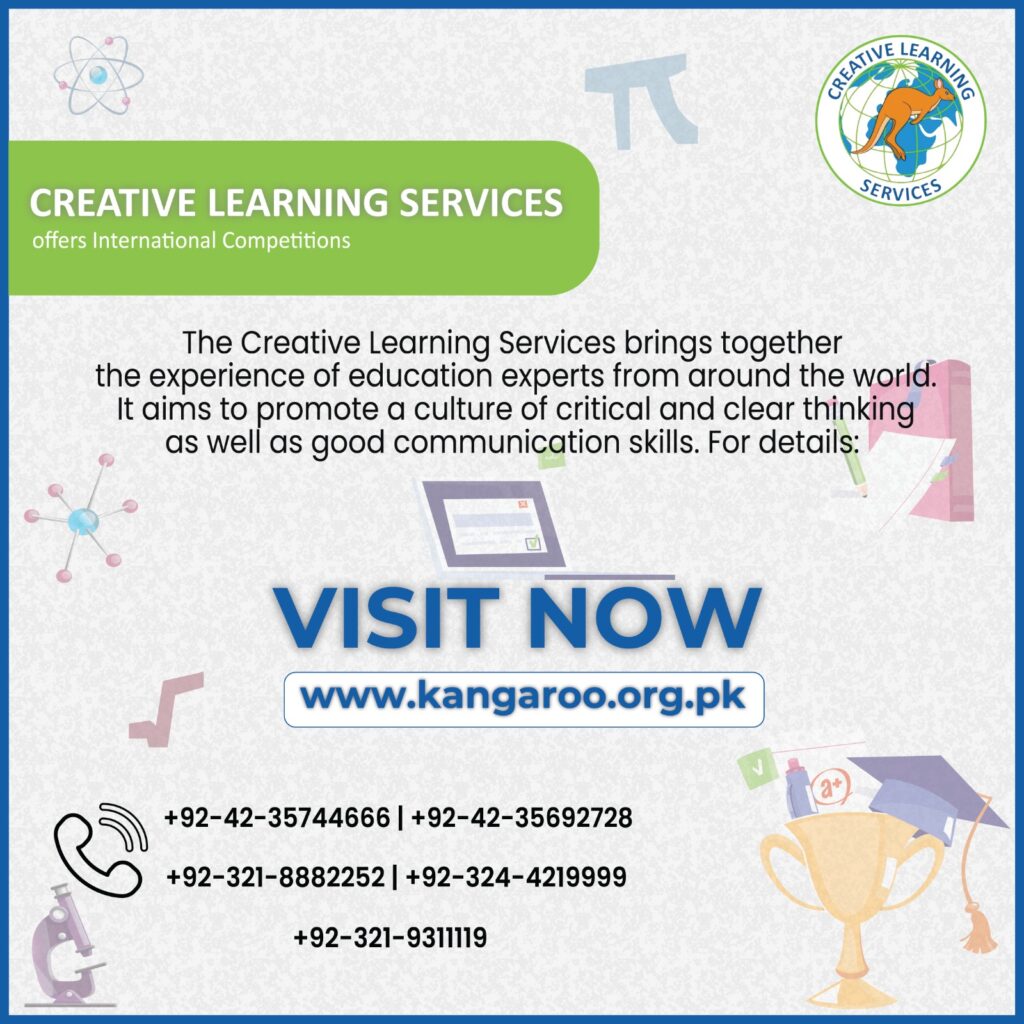
Technology is rapidly changing the way we live, work, and learn, and education is no exception. From artificial intelligence (AI) to virtual reality (VR) and augmented reality (AR), technology is transforming the classroom and the way we teach and learn. In this blog post, we will explore the role of technology in education and how AI, VR, and AR are transforming the classroom.
Artificial intelligence has the potential to revolutionize the way we teach and learn. AI can help educators to personalize learning by providing real-time feedback and creating customized learning paths for each student. It can also help to automate administrative tasks, such as grading and tracking student progress, allowing teachers to focus more on teaching and interacting with their students.
AI can also be used to create intelligent tutoring systems that provide students with personalized learning experiences. These systems use algorithms to analyze student data and provide feedback and recommendations for further learning. They can adapt to the needs and learning style of each student, making learning more engaging and effective.
Virtual reality is another technology that is transforming education. VR provides immersive experiences that can transport students to different parts of the world or to historical events. It can also be used to simulate complex systems and processes, such as the human body or a chemical reaction, allowing students to explore and interact with them in a way that is not possible in the real world.
VR can also be used to provide experiential learning opportunities. For example, medical students can use VR to practice surgeries before performing them on real patients, while engineering students can use VR to design and test prototypes in a simulated environment.
Augmented reality is another technology that is transforming education. AR uses digital content to enhance the real-world environment. For example, AR apps can overlay digital images and information onto physical objects, such as textbooks or posters. This can make learning more engaging and interactive, as students can explore and interact with the digital content in a physical environment.
AR can also be used to provide contextual learning experiences. For example, students studying history can use AR to explore historical sites and artifacts in a virtual environment, while language students can use AR to practice speaking with virtual characters in different scenarios.
In conclusion, technology is transforming education in many ways, and AI, VR, and AR are just a few examples of how technology is changing the classroom. These technologies have the potential to make learning more engaging, personalized, and effective, and they are opening up new opportunities for educators and students alike. As technology continues to evolve, we can expect to see even more exciting innovations in education in the years to come.
